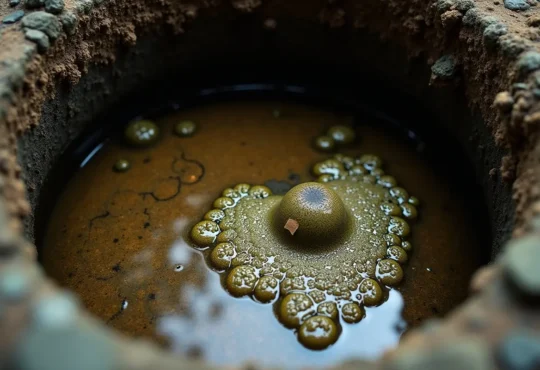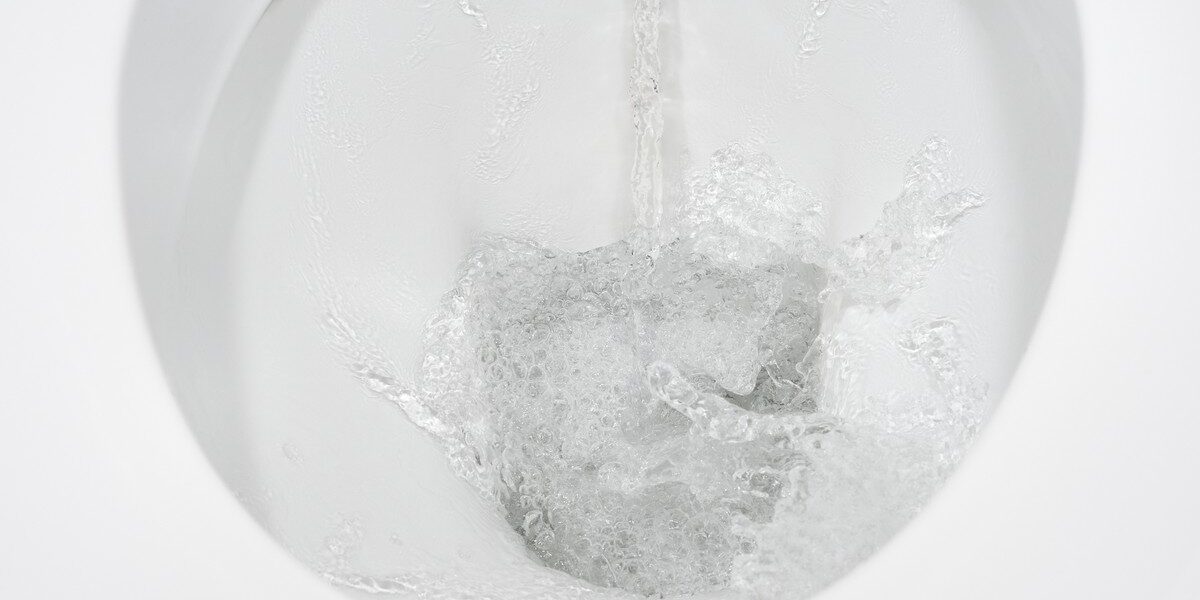
How to Stop a Running Toilet
Hearing the incessant sound of water trickling in your bathroom can be more than just an annoyance. It’s a sign that your toilet is running, potentially wasting hundreds of gallons and escalating your water bills. However, before you call in the professionals, there are several DIY fixes you can try to address this common plumbing predicament.
Contents
Understanding the Anatomy of a Toilet
To effectively troubleshoot a running toilet, it’s crucial to grasp the intricate workings of its internal components. A toilet’s tank houses several vital elements that work in harmony to facilitate flushing and refilling:
- The Flapper: This rubber or plastic component seals the flush valve opening, preventing water from flowing into the bowl when the toilet is not in use.
- The Flush Handle and Chain: When you press the flush handle, it raises the chain, lifting the flapper and allowing water to cascade into the bowl.
- The Fill Valve: This valve regulates the flow of water from the main supply line into the tank, replenishing the water after each flush.
- The Float: Attached to the fill valve, the float is a buoyant component that rises as the tank refills. It signals the valve to shut off the water flow when the desired level is reached.
- The Overflow Tube: This vertical pipe sets the maximum water level in the tank, draining any excess water to prevent overflowing.
- The Refill Tube: This small, flexible tube connects the fill valve to the overflow tube. This ensures that a portion of the incoming water refills the bowl after each flush.
Investigating the Root Cause
When your toilet persistently runs, it’s usually due to a faulty flapper, an issue with the fill valve and float, or a problem with the refill or overflow tubes. By systematically examining each component, you can pinpoint the source of the problem and take the appropriate corrective action.
Addressing a Faulty Flapper
The flapper is often the primary suspect in a running toilet scenario. Over time, this component can become worn or coated with mineral buildup, preventing a tight seal and causing leaks.
Steps to Resolve a Flapper Issue:
- Turn off the Water Supply: Locate the shut-off valve behind the toilet or near the wall and turn it clockwise to stop the water flow.
- Inspect the Flapper: Remove the tank lid and examine the flapper for any cracks, deterioration, or mineral deposits.
- Clean or Replace the Flapper: If the flapper appears dirty or coated, try scrubbing it with a mild abrasive cleaner. If it’s cracked or severely worn, replace it with a new one, ensuring you purchase the correct size and model.
- Adjust the Chain: Ensure the chain connecting the flapper to the flush handle has the appropriate slack—neither too tight nor too loose. Adjust the length as needed.
- Test and Observe: Turn the water supply back on and flush the toilet. Observe if the flapper seals properly and the tank refills without continuously running.
Tackling Fill Valve and Float Issues
If the flapper checks out, the next step is to examine the fill valve and float, which regulate the water level in the tank.
Steps to Resolve Fill Valve and Float Issues:
- Identify the Float Type: Determine whether your toilet has a ball float (attached to a rod) or a cup float (wrapped around the fill valve).
- Adjust the Float Height: For ball floats, gently bend the rod to raise or lower the float until the water level reaches the marked fill line or approximately one inch below the overflow tube’s top. For cup floats, slide the clip or turn the adjustment screw to achieve the desired water level.
- Check for Leaks: Flush the toilet and observe if the fill valve shuts off the water flow once the tank is full. If water continues to trickle, the fill valve may need replacement.
- Replace the Fill Valve (if necessary): If adjusting the float fails, replace the fill valve assembly with a compatible model.
Addressing Refill and Overflow Tube Problems
In some cases, the issue may stem from the refill tube or overflow tube, preventing proper water flow or drainage.
Steps to Resolve Refill and Overflow Tube Issues:
- Inspect the Refill Tube: Ensure the refill tube is properly positioned above the water level in the tank and not submerged. If necessary, gently bend or trim the tube to achieve the correct positioning.
- Check the Overflow Tube: Verify that the overflow tube is the appropriate length and not obstructed. If it’s too short, water may continuously flow into the bowl.
- Replace Tubes (if necessary): If the refill or overflow tubes are damaged or incorrectly sized, replace them with compatible replacements.
Maintaining Your Toilet for Optimal Performance
While addressing the immediate issue is crucial, taking proactive measures can help prevent future toilet troubles and extend the lifespan of your plumbing fixtures.
- Regular Cleaning: Periodically clean the toilet tank, removing any mineral buildup or debris that could impede the proper functioning of the components.
- Water Treatment: Consider using a water treatment product designed to prevent mineral buildup and corrosion in your toilet tank.
- Periodic Inspections: Regularly inspect the internal components, such as the flapper, fill valve, and tubes, for signs of wear or damage, and replace them as needed.
- Conserve Water: Be mindful of your water usage and avoid unnecessary flushing, which can put additional strain on the toilet’s components.
When to Call a Professional
While many running toilet issues can be resolved through DIY efforts, some situations may require the expertise of a licensed plumber:
- If you’ve attempted the recommended fixes and the toilet persists in running
- If you encounter any leaks or water damage around the toilet
- If the toilet is particularly old or the components are outdated
- If you lack the confidence or tools to safely disassemble and repair the toilet
A professional plumber can quickly diagnose the root cause and provide a lasting solution, ensuring your toilet operates efficiently and preventing further water waste or potential property damage.
Following these guidelines and addressing the root cause of your running toilet can save money on water bills. It also helps conserve water, positively impacting the environment.
FAQ
How do you fix a toilet that keeps running?
To fix a running toilet, start by inspecting the flapper for cracks or mineral buildup, and clean or replace it if necessary. In some cases it’s necessary to replace the toilet for a new one. Next, check the fill valve and adjust the float to the proper water level. If the issue persists, examine the refill and overflow tubes for proper positioning and functionality.
What is the most common cause of a running toilet?
The most common cause of a running toilet is a faulty or worn-out flapper that fails to create a tight seal, allowing water to continuously flow from the tank into the bowl.
How to stop water trickling into a toilet bowl?
To stop water from trickling into the toilet bowl, ensure the flapper is in good condition and sealing properly. If the issue persists, adjust the fill valve and float to the correct water level or replace the fill valve if it’s defective.
What happens if a toilet runs all night?
If a toilet runs all night, it can waste hundreds of gallons of water, significantly increasing your water bill. Additionally, the excess water can potentially overflow the toilet, leading to water damage and potential health hazards.
Will a running toilet eventually stop?
No, a running toilet will not stop on its own. The issue will persist until the underlying cause, such as a faulty flapper, fill valve, or tube, is addressed and repaired.
Can a constantly running toilet increase the water bill?
Yes, a constantly running toilet can substantially increase your water bill. According to industry estimates, a running toilet can waste up to 200 gallons of water per day, resulting in significantly higher water consumption and costs.

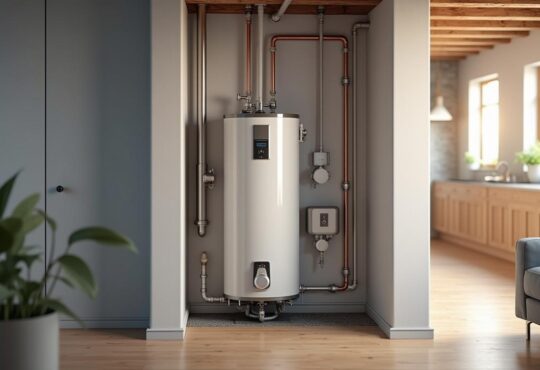
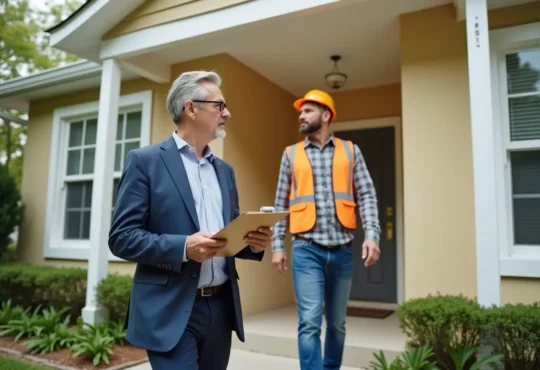
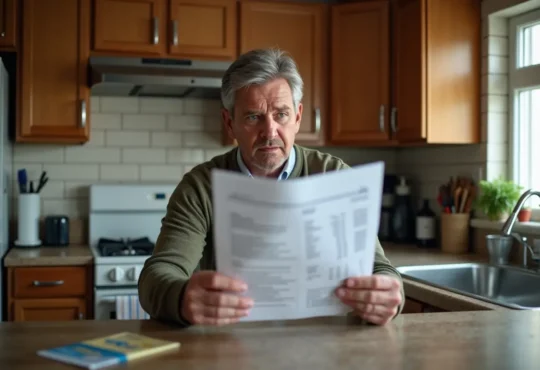
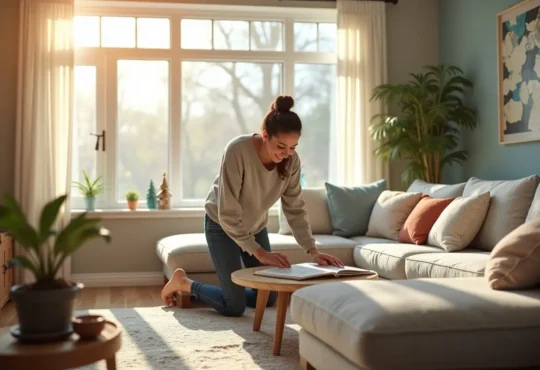
 Hi I'm Joe.
Hi I'm Joe. 